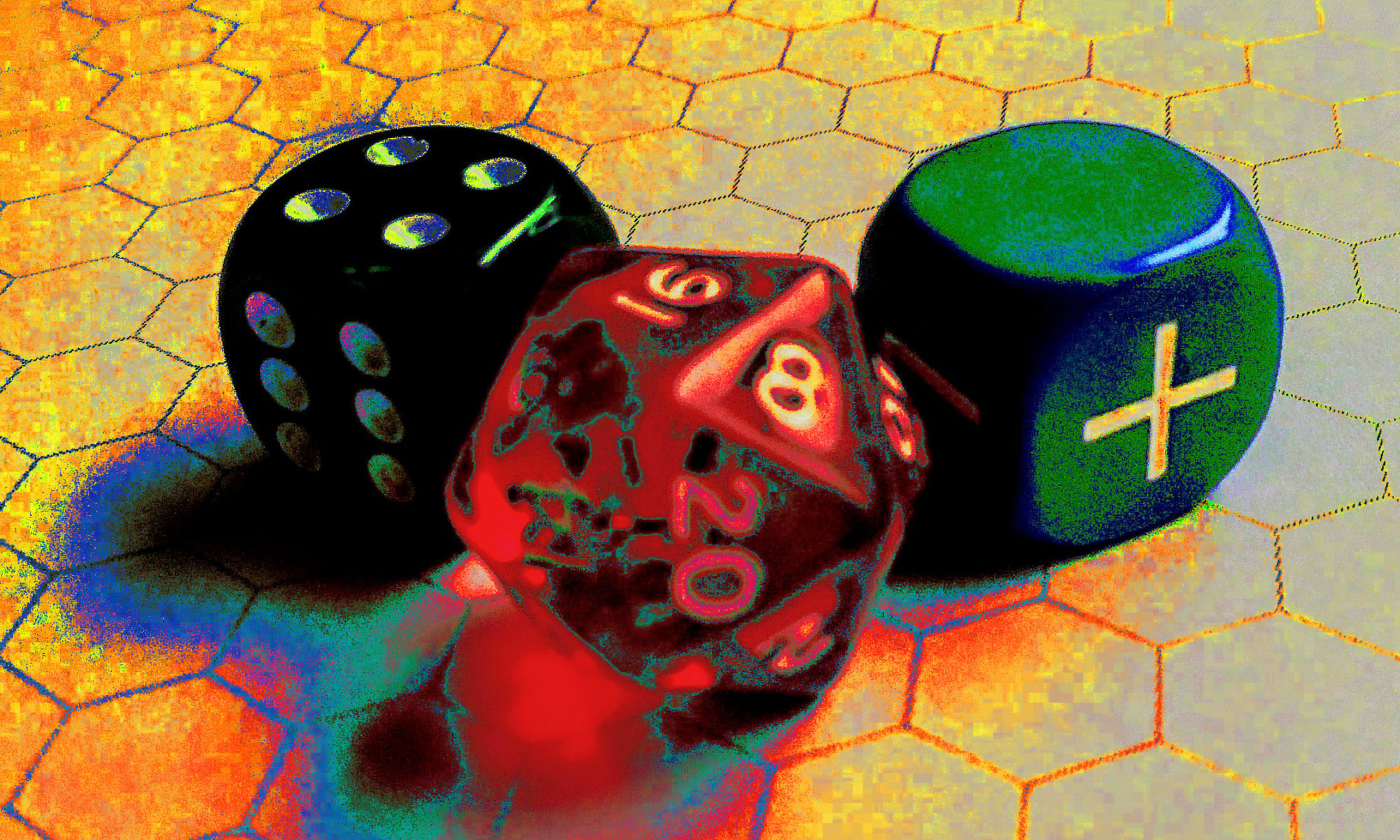So our Traveller 5 campaign is 12 sessions in, with two independent player groups roaming the Rhylanor Subsector. So far the story has been very consistent and player attendance has been almost 100%. Of course eventually players will need to have to skip a session once in a while. Also, new players might want to join, and players might want to roll up a second (or third?) character on short notice, as developments in the campaign might demand. I’m a huge fan of very traditional campaign setups and open table sandbox gaming (1:1 campaign time, multiple characters per player, all the good stuff).
But then character creation in Traveller 5 is very detailed and takes some time. Up until now we’ve done characters in one-on-one sessions, which took from about 20 to 90 minutes. And right there’s a rub, obviously. Lengthy character creation is nothing I would even want to think of, two hours before a session starts, let alone after the session has started. So this does not seem to be ideal for a traditional campaign.
So what do we do? We need quick character creation!
The following is what I’ve come up with:
The fast and loose method
- Roll six attributes with 2d6.
- Pick a name.
- Let’s talk (or chat or post online) about the kind of character you want to play.
- Take 5 skills to fit your character idea (the referee will give you suggestions).
- Roll 1d3 for the level of each skill.
- Optionally, trade in skill points to increase low attributes (5 or less).
- Haggle about the gear and credits your character might reasonably have acquired up until now (again the referee will give you suggestions).
- Done, you’re ready to play!
- Optionally, some time in between sessions, retrofit a homeworld and a career to your character.
I know it relies heavily on the suggestions, advice and ultimately impartiality of the referee. But if you don’t trust your GM, why play at all, right 😉
This approach to character creation already has precedent in our campaign. When one first time role player asked if she could join the game — literally an hour before we were going to start — I asked her to give me a rough idea of what kind of character she wanted to play. She imagined an adventurous, sort of roguish young woman who had been travelling for quite some time already, sometimes as a working passage, sometimes as a stowaway. Then we did some dice rolling and chatting and came up with this:
UPP 796947 (age 22)
Streetwise-2, Stealth-3, JoT-1, Blades-2, Fighter-1
Dagger, Heavy Coat, 500 Credits
Here you go, a playable character. In between sessions we added some backstory, but basically that’s the whole process.
Recently we found another option, which was actually used while we were already half way into a session. A character was needed really quickly.
The online generator method
A lot of folks know and use Paul Gorman‘s Classic Traveller Character Generator. While characters generated for Classic Traveller (CT) are sort of playable according to Traveller5 (T5) rules, their skill values tend to be quite low. I think I remember suggestions to multiply CT skill values by 3 to use them in T5, but we’ve come up with a different method, leading to a much more detailed skills set. Here’s the character the generator gave us:
Lt Colonel UPP 7765CB (age 30)
3 terms army
ATV-1, Air/Raft-1, Dagger-2, Electronics-1, Fwd Obsvr-2, Rifle-1, SMG-1
Now instead of just increasing those skill values, we looked at the career. Survival of three terms in the army, commission, promotion in every term. In Traveller5 the soldier career yields 4 skill points per term plus 1 skill point for a commission, and 1 skill point for each promotion. So in T5 this characer should have 12 skill points for careers, plus 4 skill points for his promotion to officer rank 4, a total of 18 skill points. Add to that possible home world skills. Nine of those 18 points have already been allocated, and they were translated to T5 rules thus:
Electronics-1, Fwd Obsvr-2 (no conversion needed)
ATV-1 and Air/Raft-1 ⇒ Driver-0 (Wheeled-1 Grav-1)
Dagger-2 , SMG-1 and Rifle-1 ⇒ Fighter-0 (Blades-2 Slug Throw-2)
The remaining 9 skill points were allocated by taking automatic skills by rank and randomly rolling on table C Soldier Skills of the soldiers career for the remainder. Finally, after picking a home world, we added home world skills, too. I know this might sound a bit complicated, but it actually went much faster then doing a full on character generation according to T5 rules. Now the character looks like this:
Army Reserve Major, UPP 7765CB (age 30)
Admin-2 Fighter-2 (Slug throw-2 Blades-2) Forward Observer-2 Electronics-1 Leader-1 Medic-1 Stealth-1 Steward-1 Streetwise-1 Tactics-1 Driver-0 (Wheeled-1 Grav-1) Hvy Wpns-0 (WMD-1)
Now, this looks like a playable character to me, generated on the fly, expanded to T5 stats in between sessions.
I must say I like both methods, and would always let player preference be my guide. Finally I guess both approaches can be viewed as rules as written if you consider this quote from the Traveller5 rules books:
“Create the Character you want to play with friends. Pick and choose abilities that are important and interesting. Use randomness for the rest.”
I’ve nothing to add to that 😉
